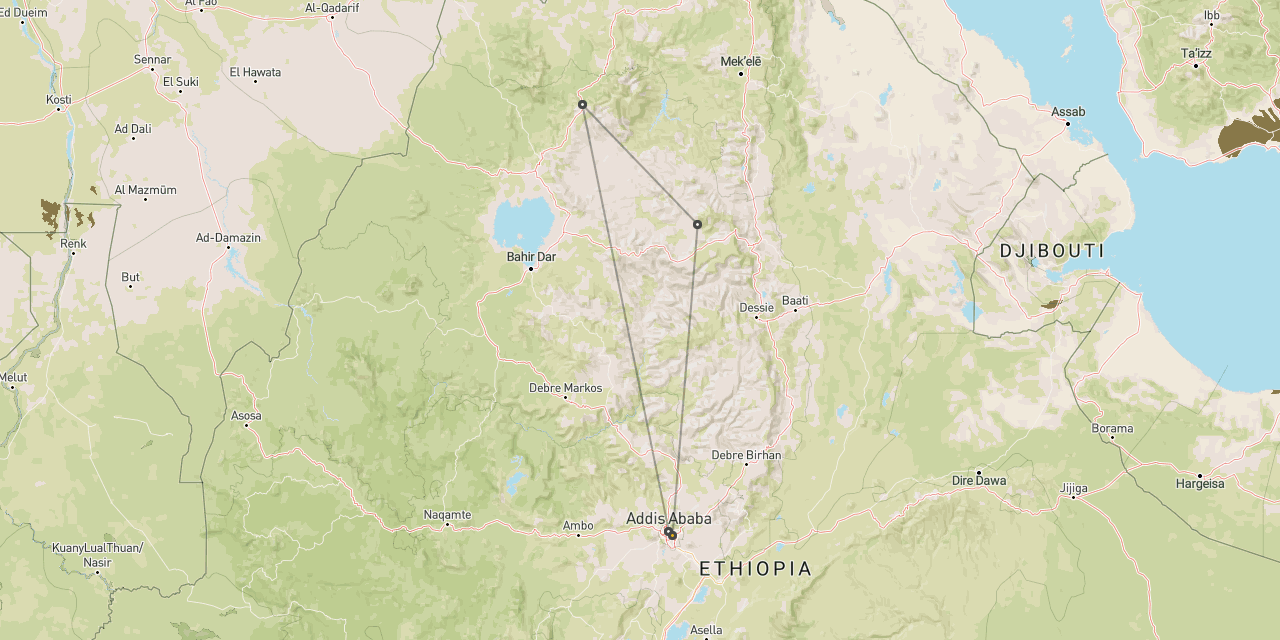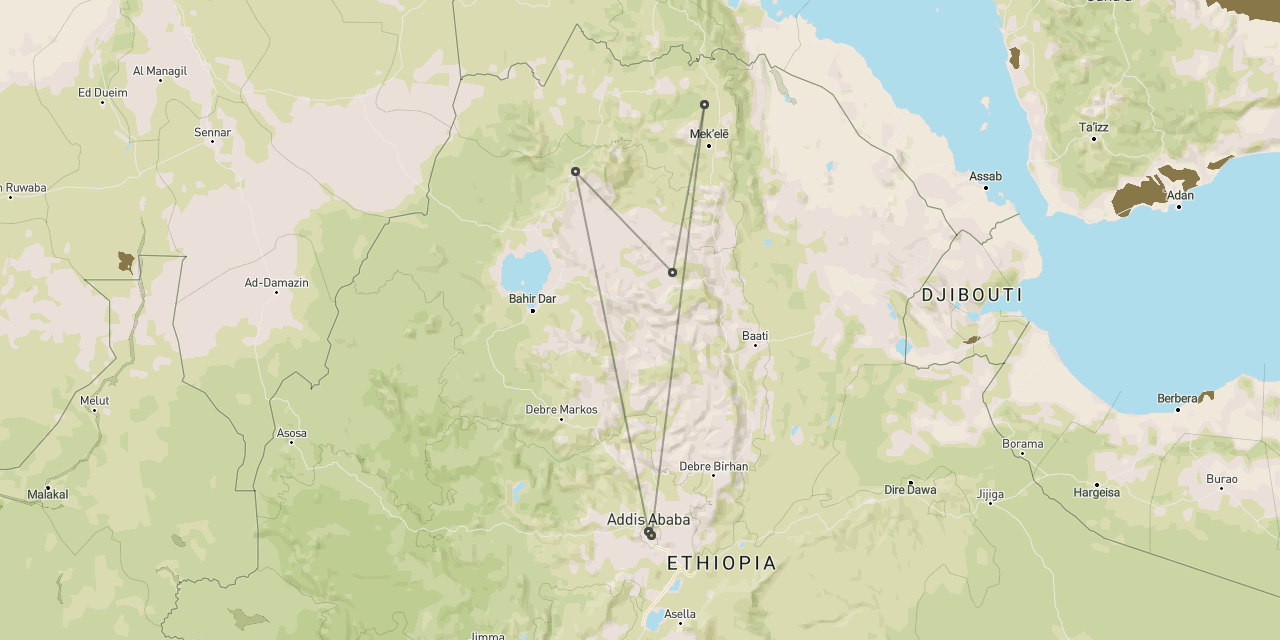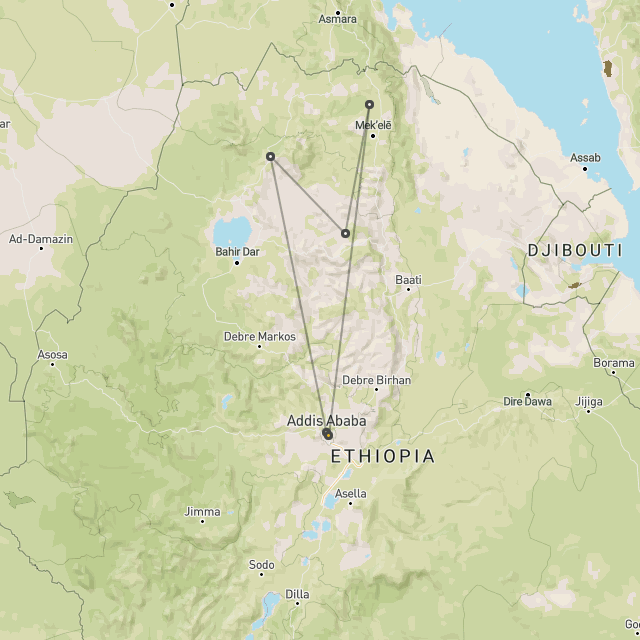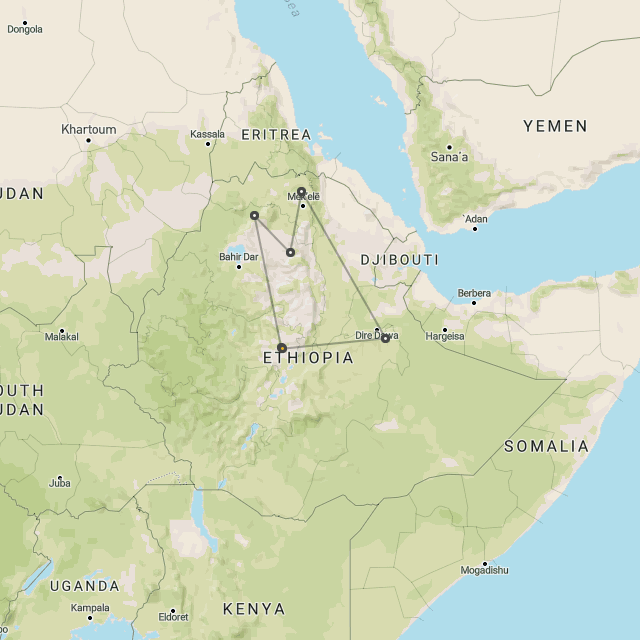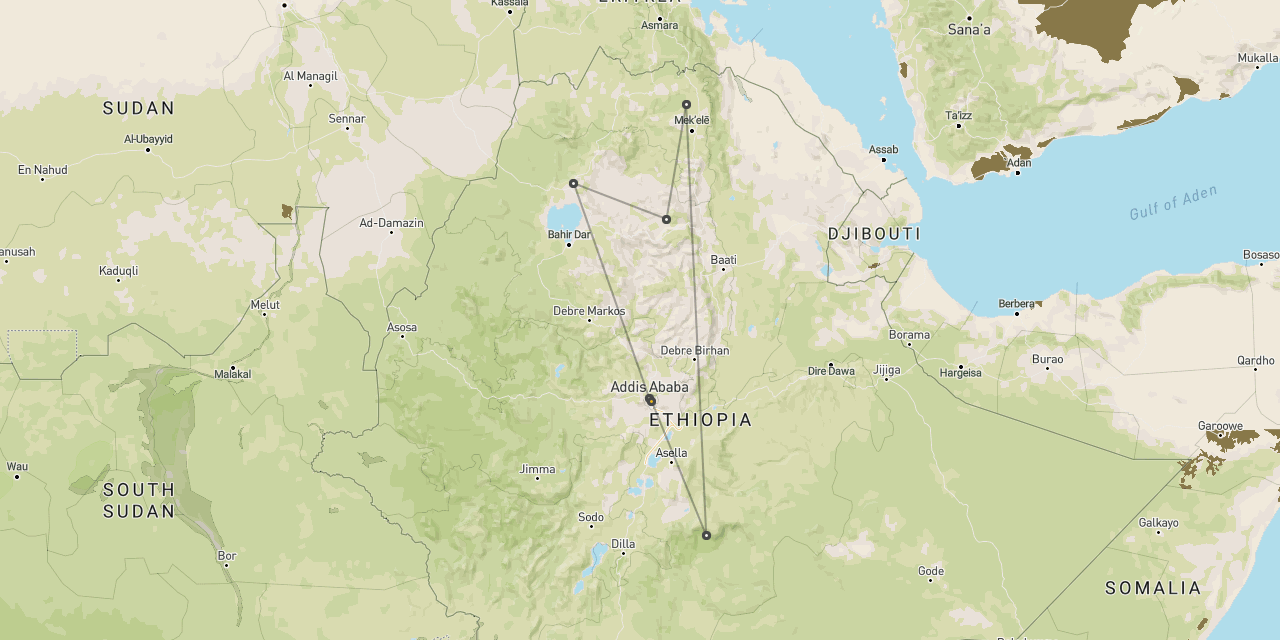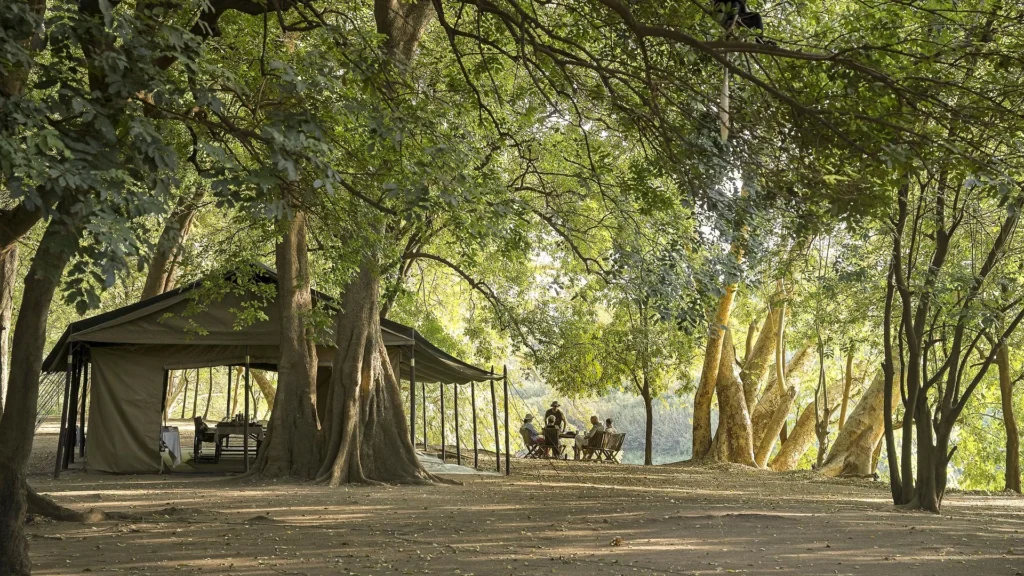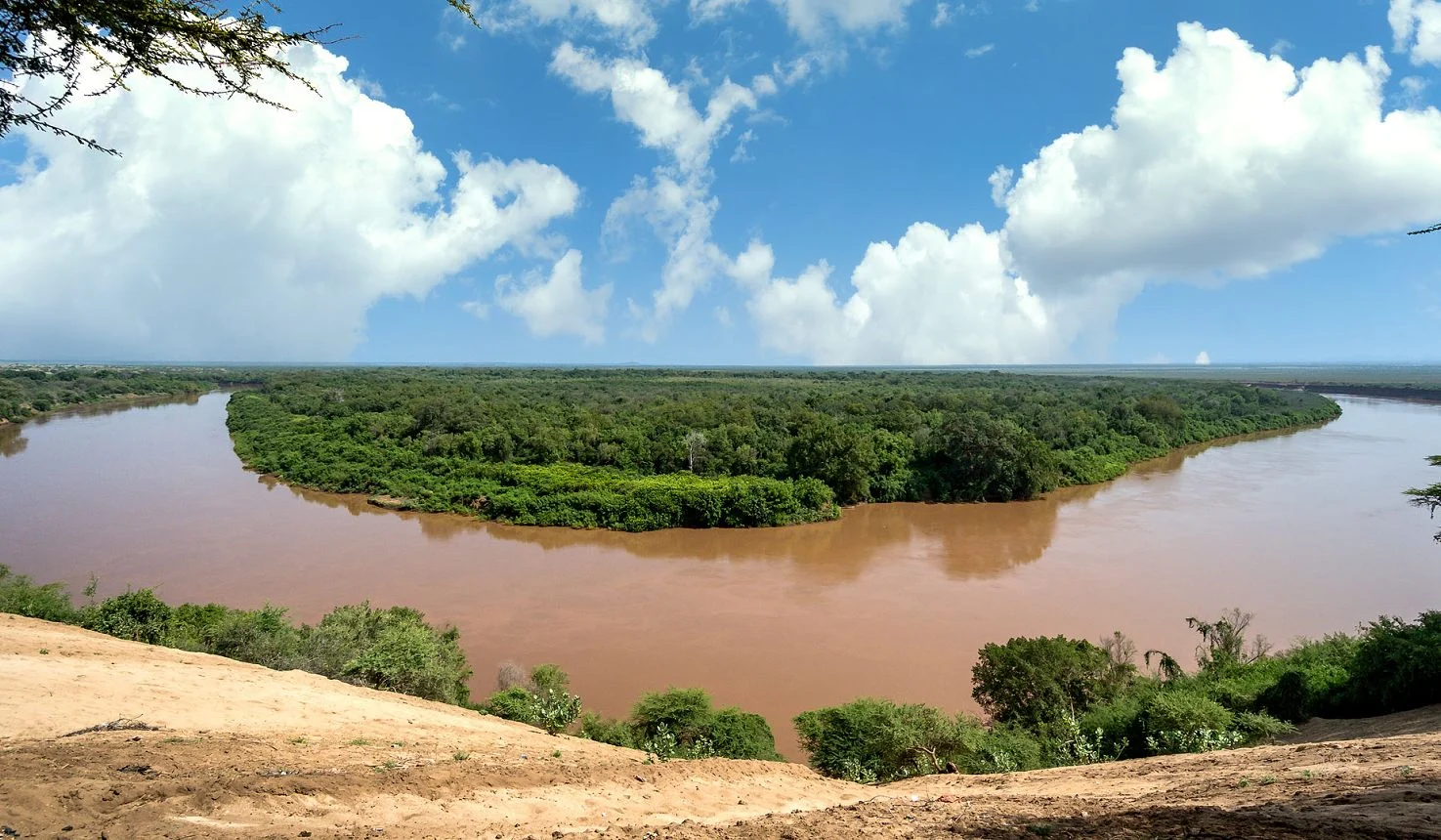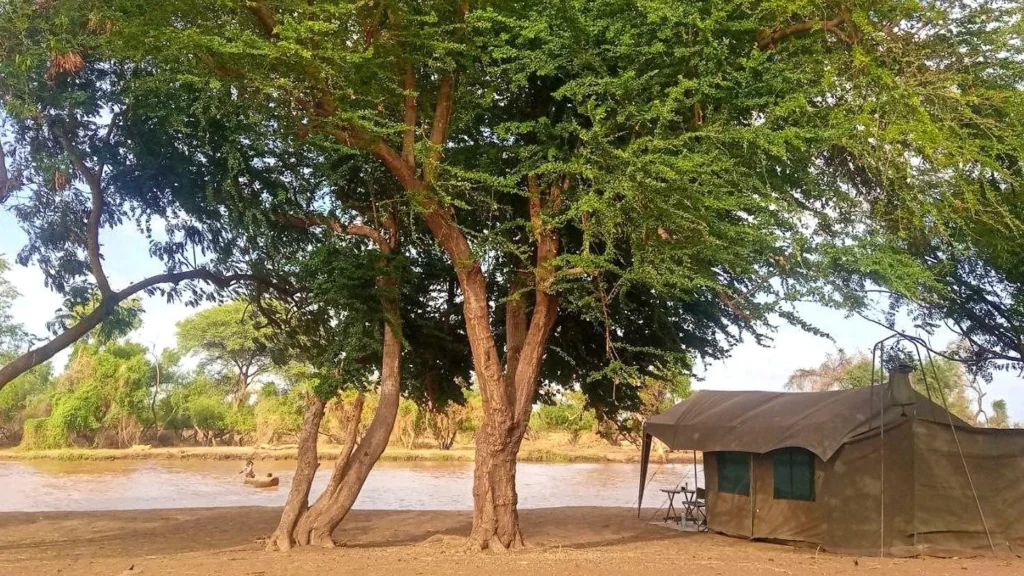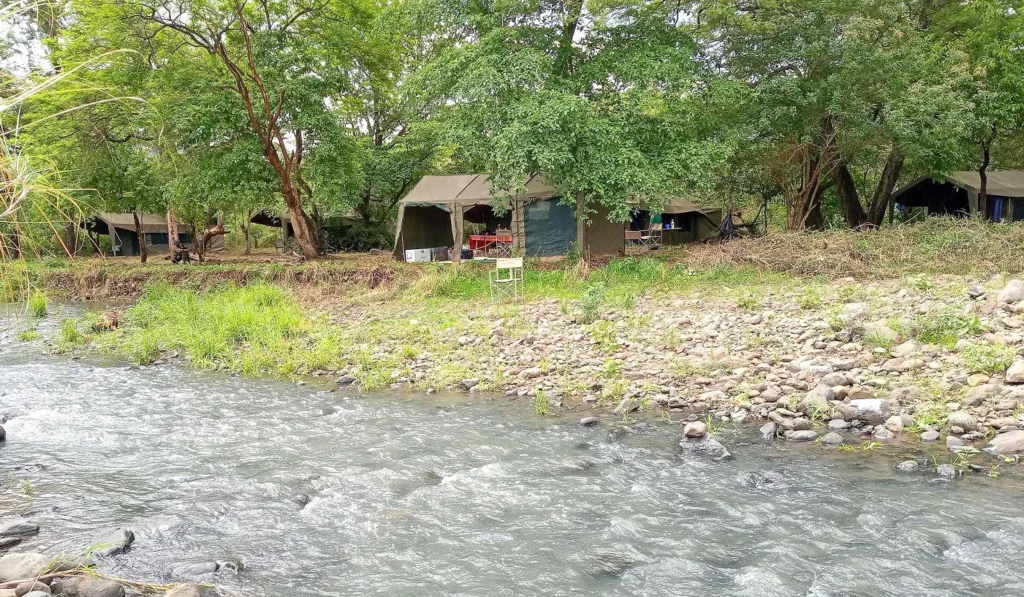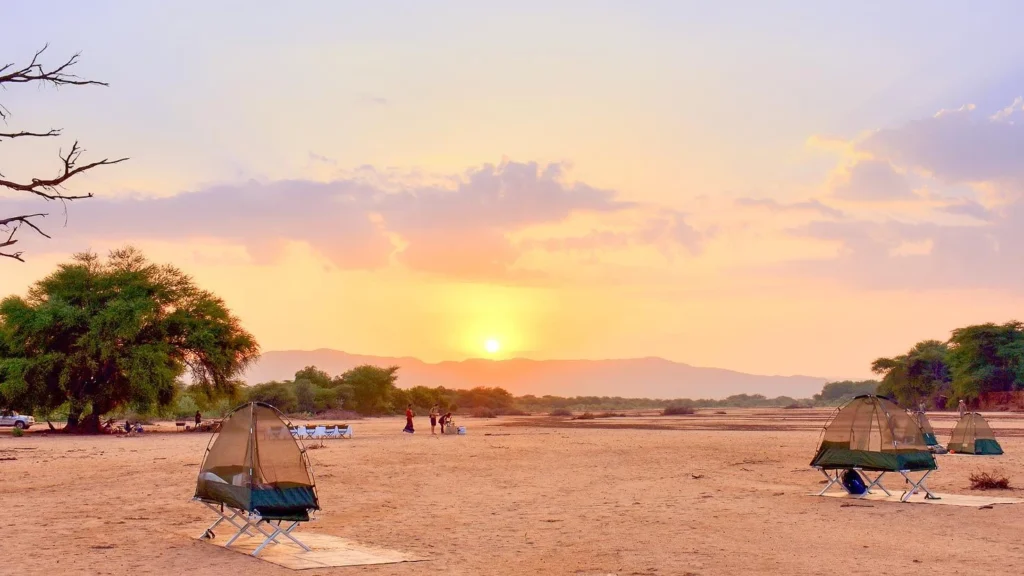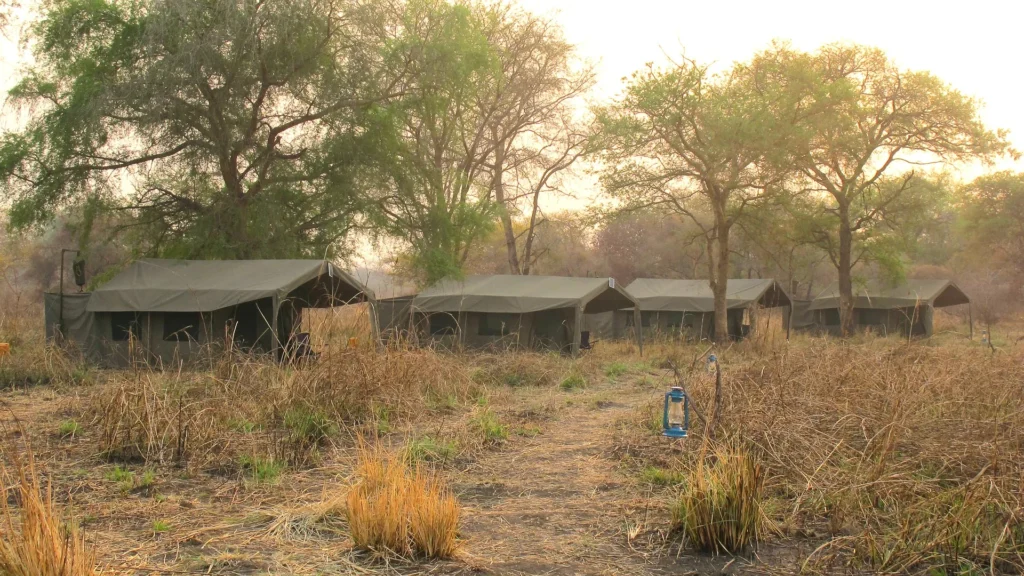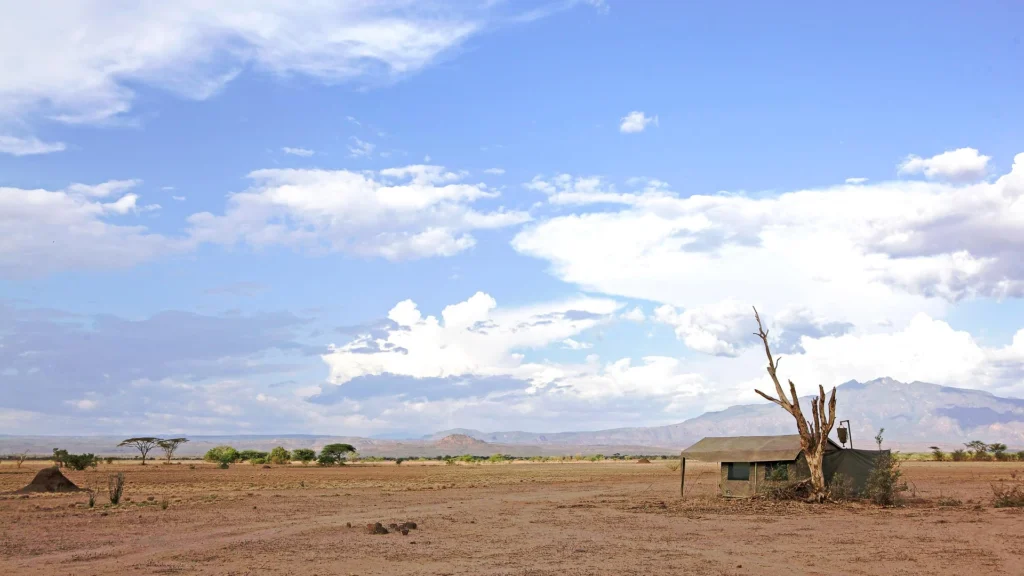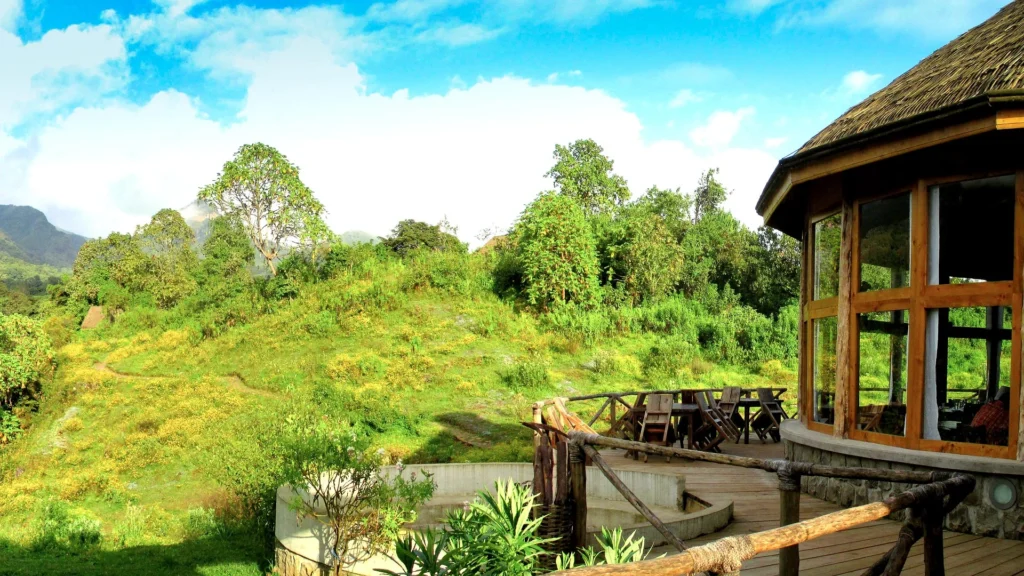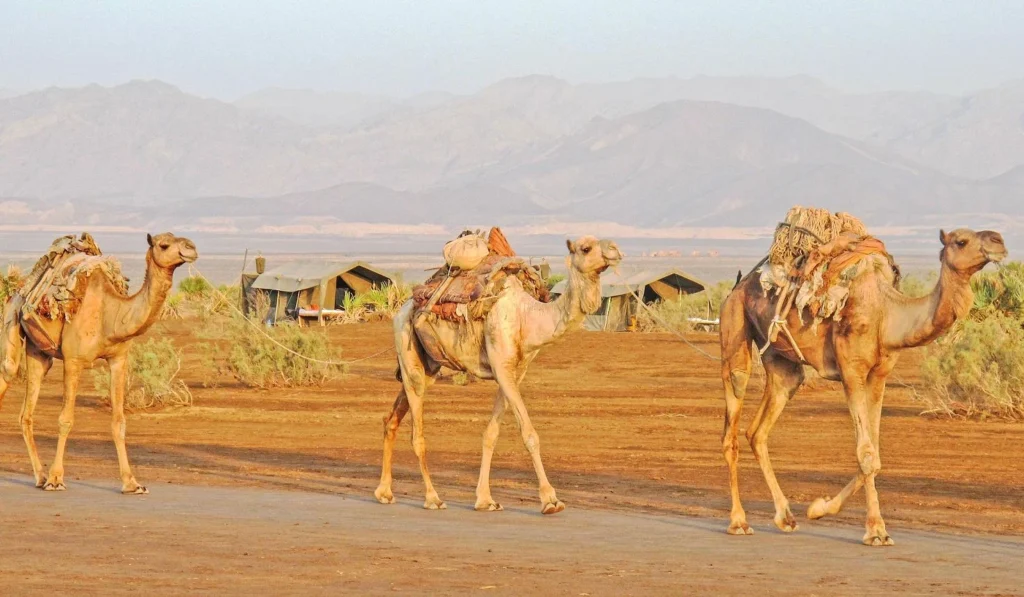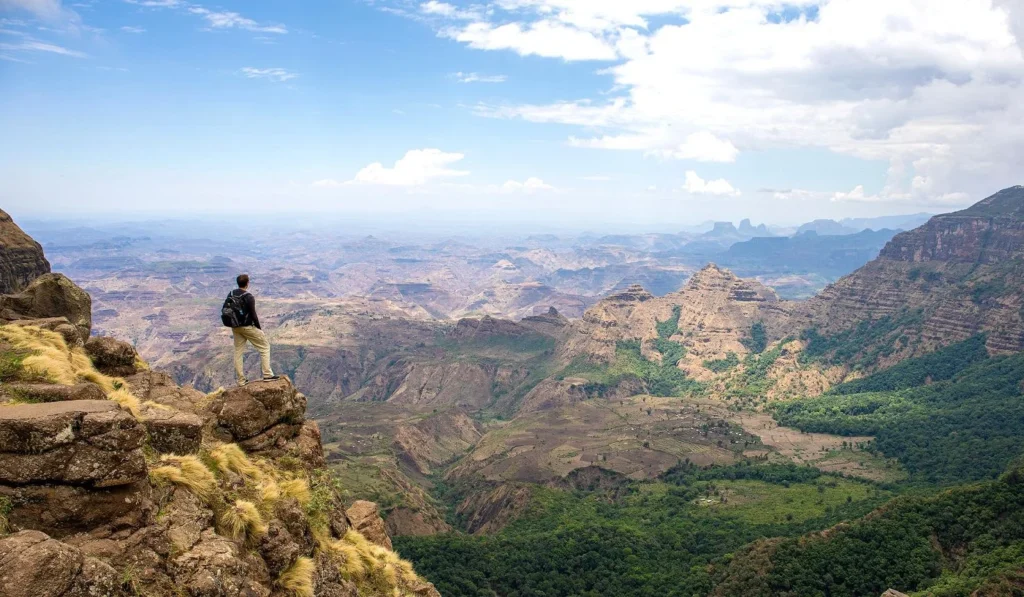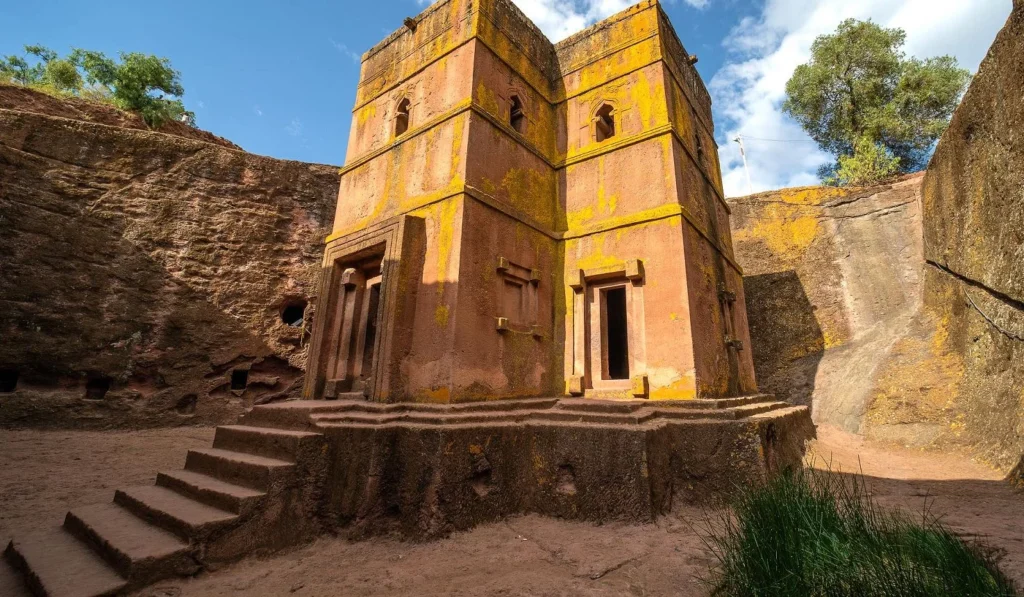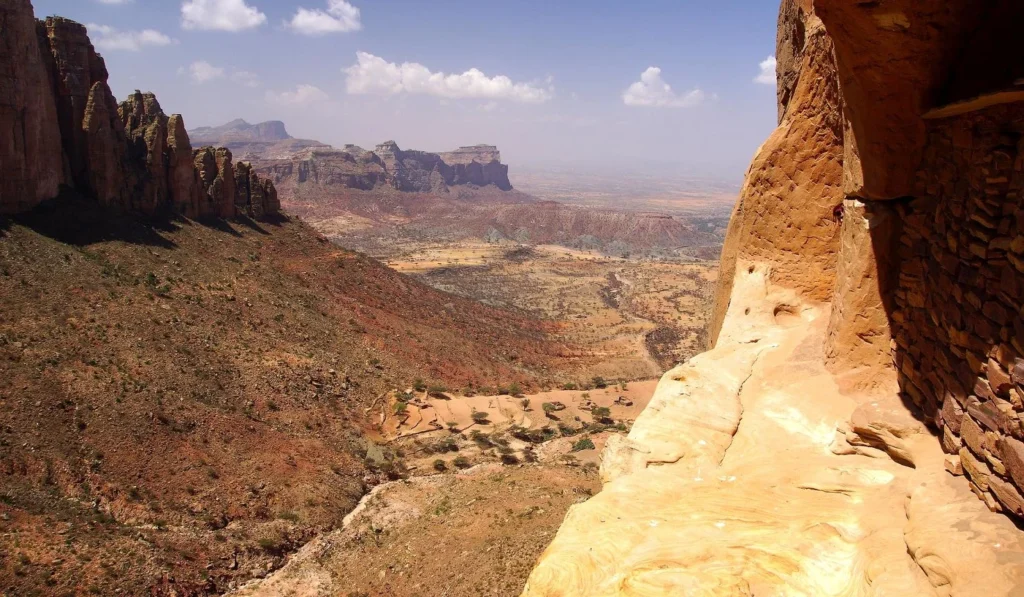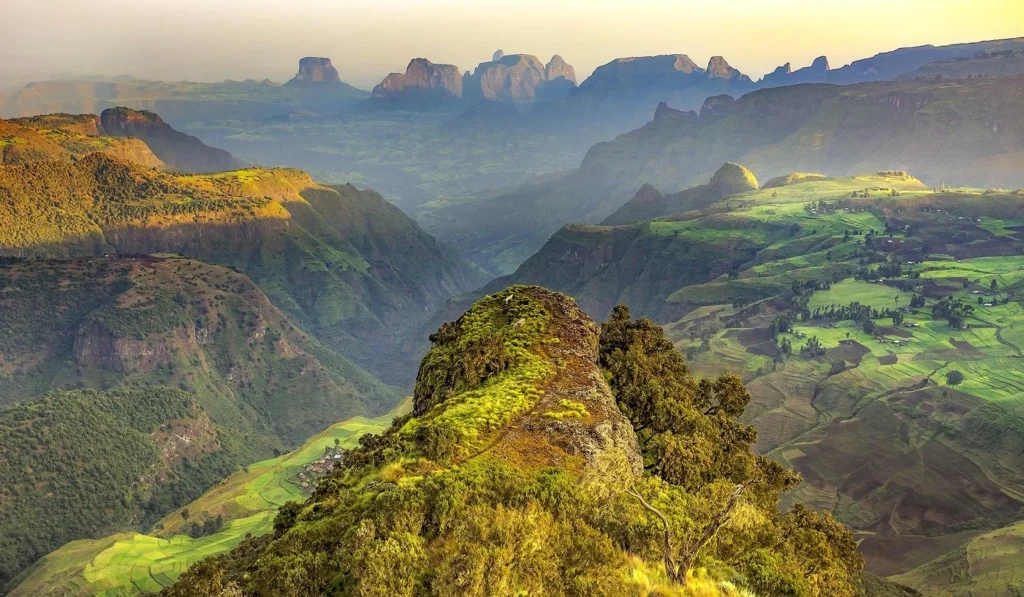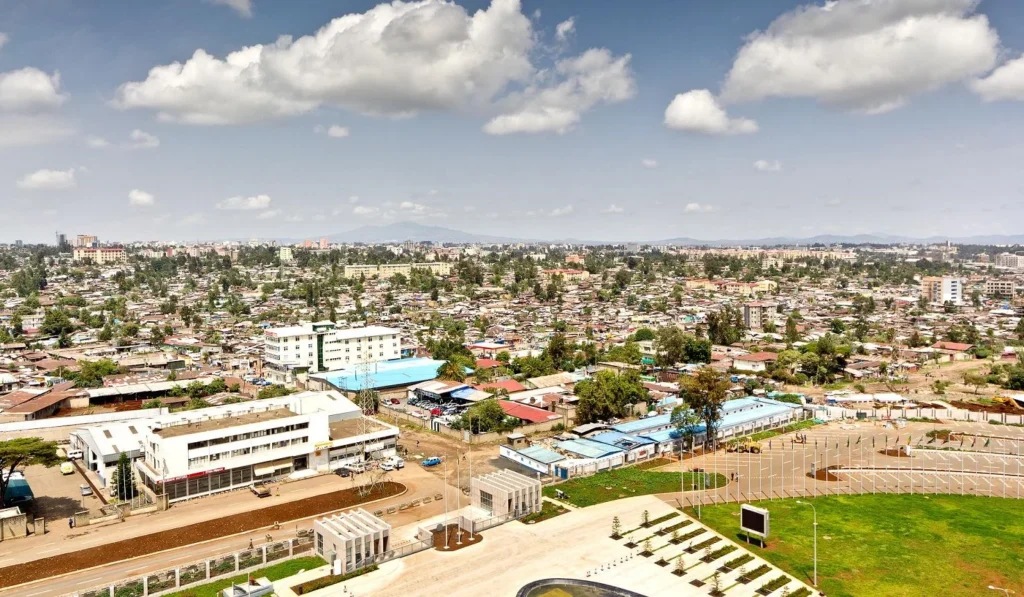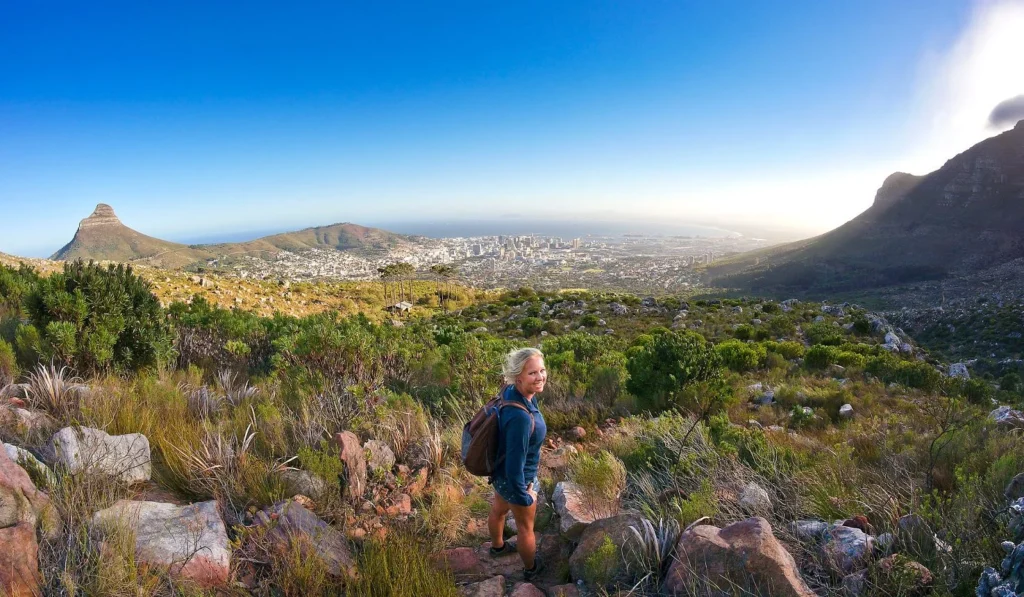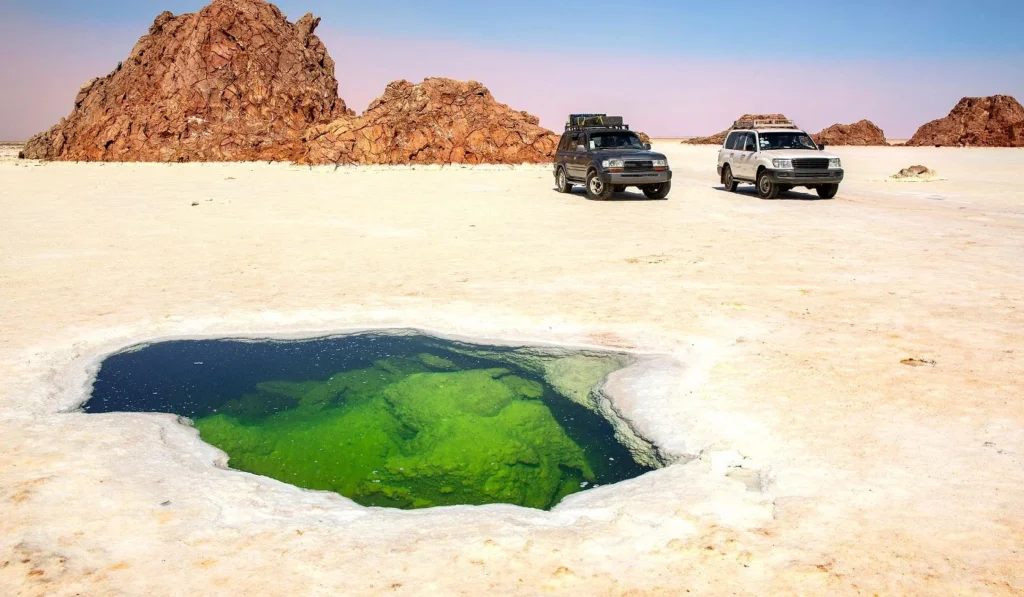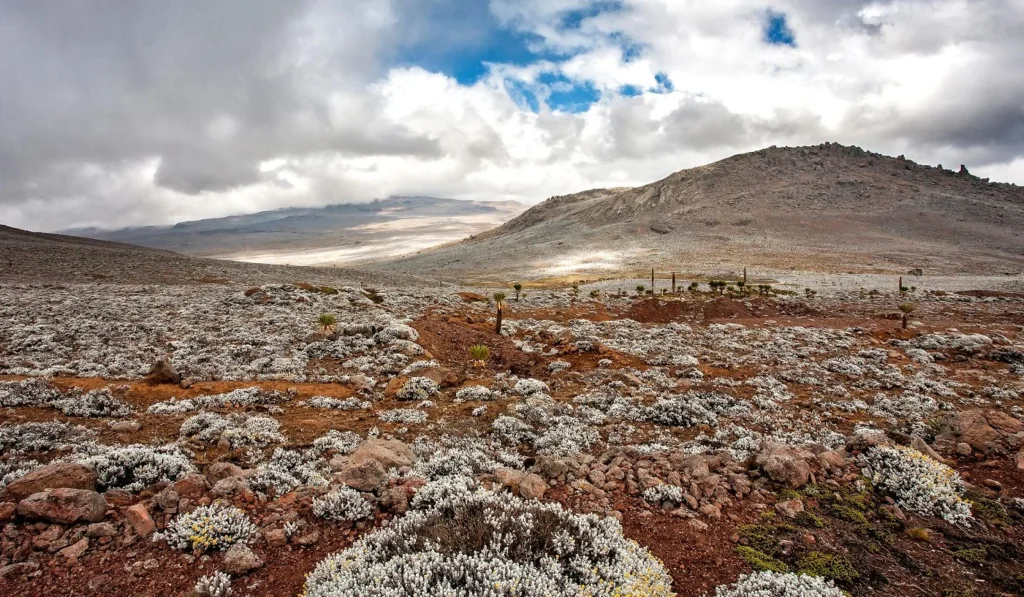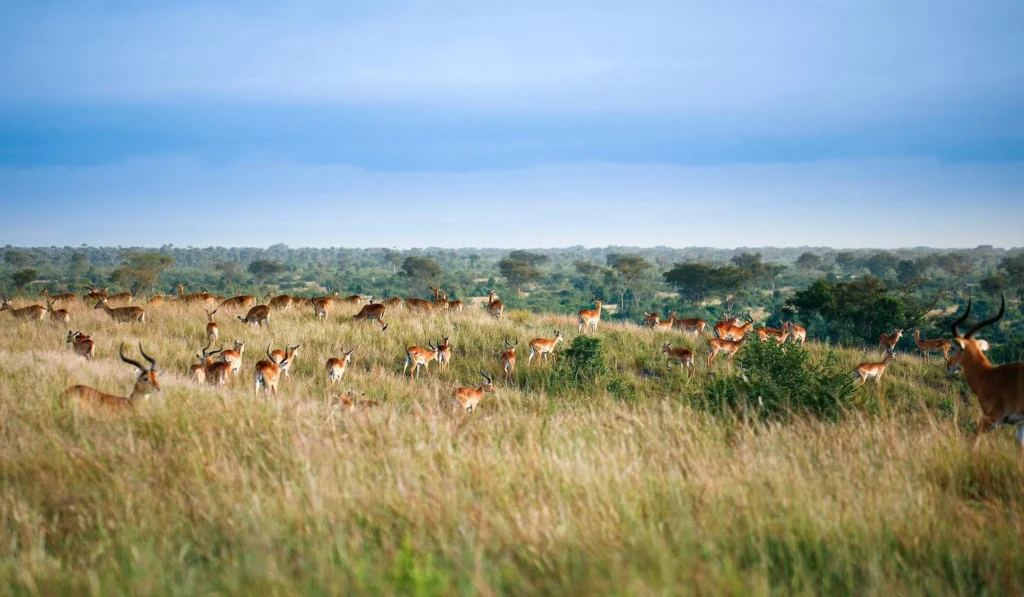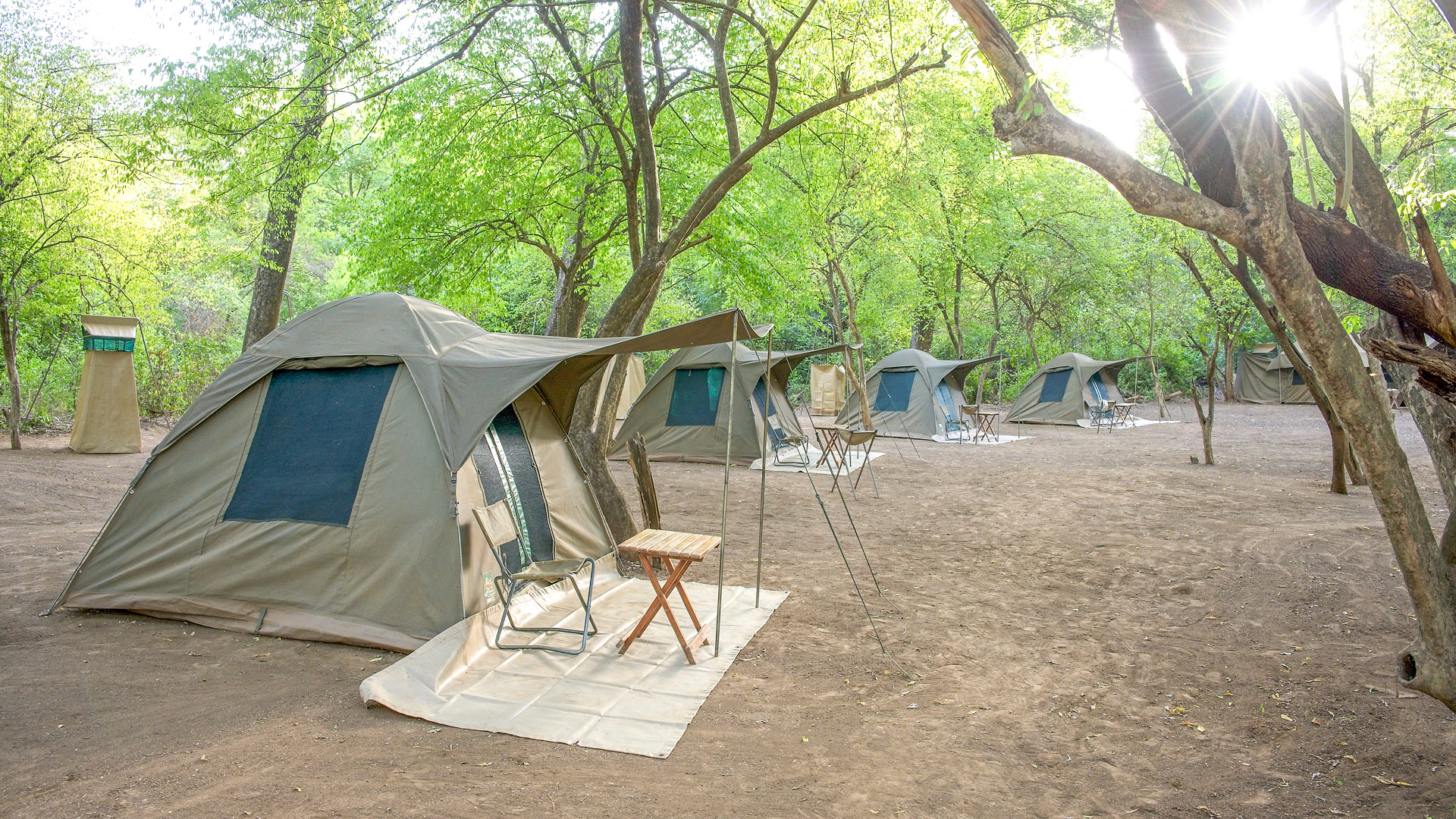
Mursi Bivouac
Mursi Bivouac
is an extremely simple camp
on the Omo River in Ethiopia
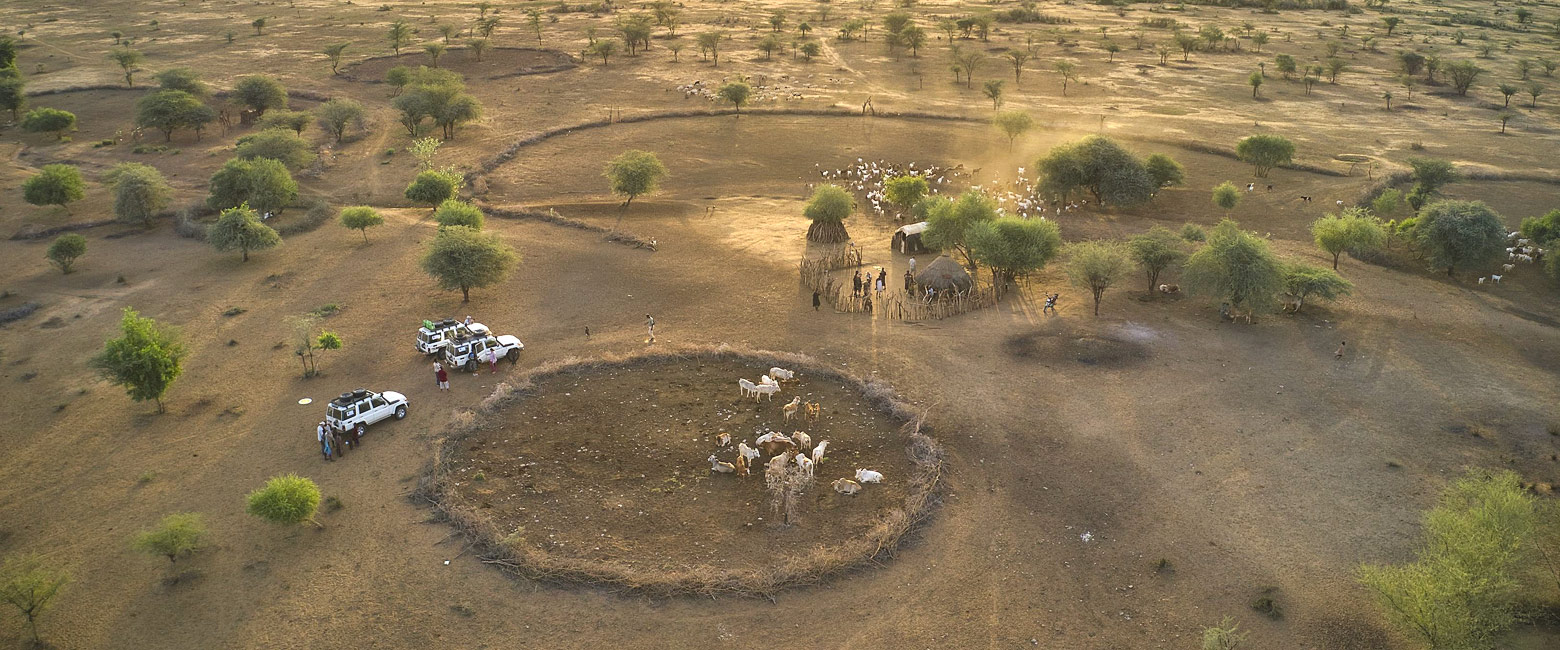
specifically to visit the Mursi tribe
Set in a remote position on the eastern banks of the Omo River, Mursi Bivouac is an extremely simple satellite of the superb Lale’s Camp to the south.
The bivouac is used, usually for just one night, to enhance the quality of the interaction with the local Mursi tribespeople.
Activities
The Mursi are Nilotic pastoralists who number around 11,000 people. Their territory lies mainly between the Omo River and its tributary the Mago River.
The Mursi are noted for their body scarification (to indicate the number of wild animals or enemies they have killed), body painting and colourful attire.
Mursi women are thought to be the last group in Africa that continues to wear huge clay or wooden plates in their split lower lips.
The tribe has a religious leader called the Kômoru, who is tasked with leading various ritual ceremonies and dances in order to bless the tribe with good fortune and protect them against threats like drought, crop pests and disease.
In common with many such cultures, age groups are particularly widespread, with individuals ‘graduating’ from one level to the next as they pass through life. Amongst the men ritual duelling is associated with these movements and is very widespread and popular.
The Mursi villages lie 2-3 hours by motorboat upstream from Lale’s Camp, so we quite often recommend using the simple Mursi Bivouac in order to stay a night or two in that area, which can lead to much more relaxed and intimate interactions.
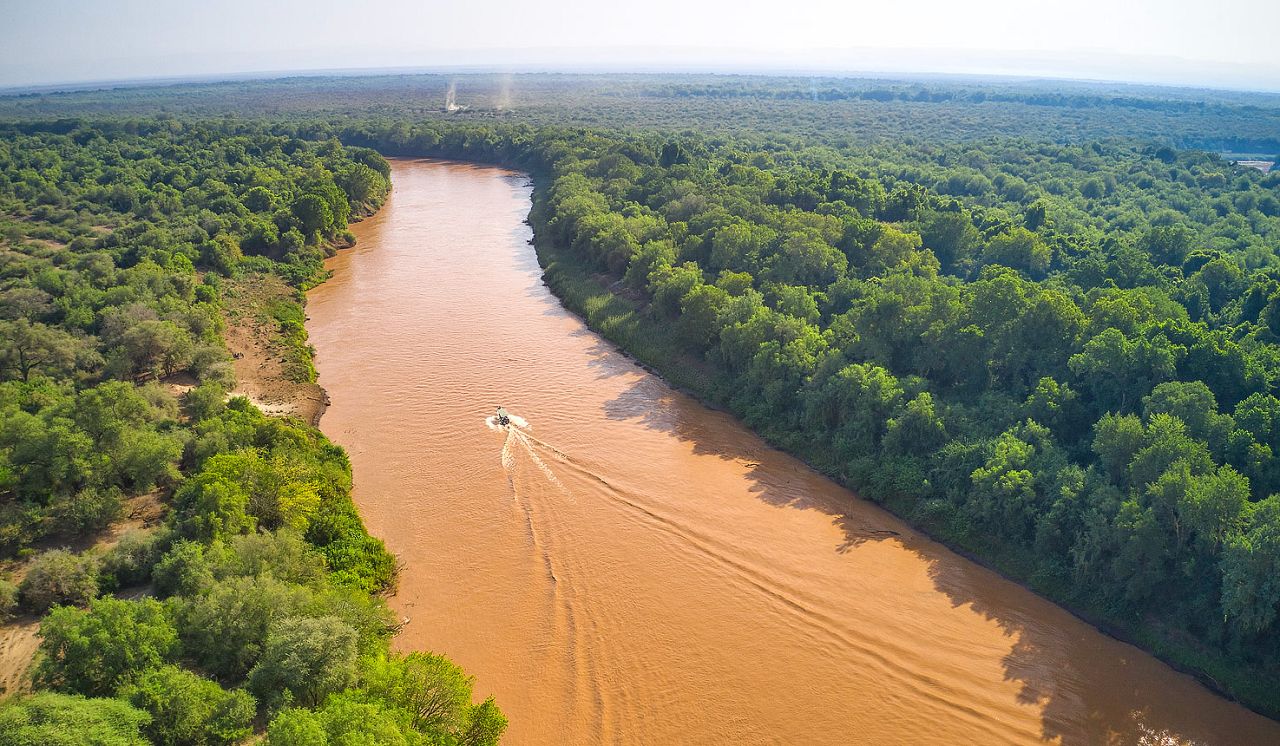
Gallery
Map
A worthwhile visit to the Southern Omo Valley is expensive. Not only are the flights up and back costly, but the Lale’s Camp itself is only available for exclusive use.
It also requires a good deal of time. The bare minimum stay is 3 nights, but if you want to combine with the bivouac camps and really get the most out of the experience, then you need to think about 5-7 nights.
In other words, it’s quite a commitment.
Seasonality
The best time to visit the Southern Omo Valley is generally considered to be the Nov-Mar dry season.
The area has a subtropical highland climate, with pleasantly warm to hot days and warm to mild nights.
Peak daytime temperatures tend to be around 26C/80F, although can rise to 30C/86F, with Jan-Feb having the potential to be particularly hot and humid. Nighttime temperatures usually drop to a comfortable 12C/54F.
The main rains fall during Apr-Sep, peaking in May-Jul when precipitation can reach 200mm/8″ per month, which is pretty high.
Cultural celebrations (such as the Hamar bull-jumping ceremony) can happen any time of year and are very difficult to predict far enough in advance to arrange trips around.
Getting there
The best way to reach the Southern Omo Valley is to charter a flight into one of the dirt airstrips close to the river, which gets you right into the heart of the area without any hassle, but which is inherently expensive.
It is possible to fly on scheduled air services into the village of Jinka, from where it is about 2-3 hours drive down into the core areas along the river.
The vast majority of budget trips drive down from Addis Ababa to the Eastern Omo Valley, taking a couple or more days travelling down the Abyssinian Rift Valley, through Arba Minch and Konso, before arriving into the area via Turmi. Unfortunately coming in this way exposes you to the worst abuses of cultural tourism and is not something we recommend at all.
We do occasionally drive all the way down to the Southern Omo Valley, taking the remote back routes via the little-visited reserves of Chebera-Churchura and Maze, although these do tend to be rather long and specialist trips.
mainly features in longer explorations of southern Ethiopia
let us know your thoughts about Ethiopia
and we will help you create the perfect safari
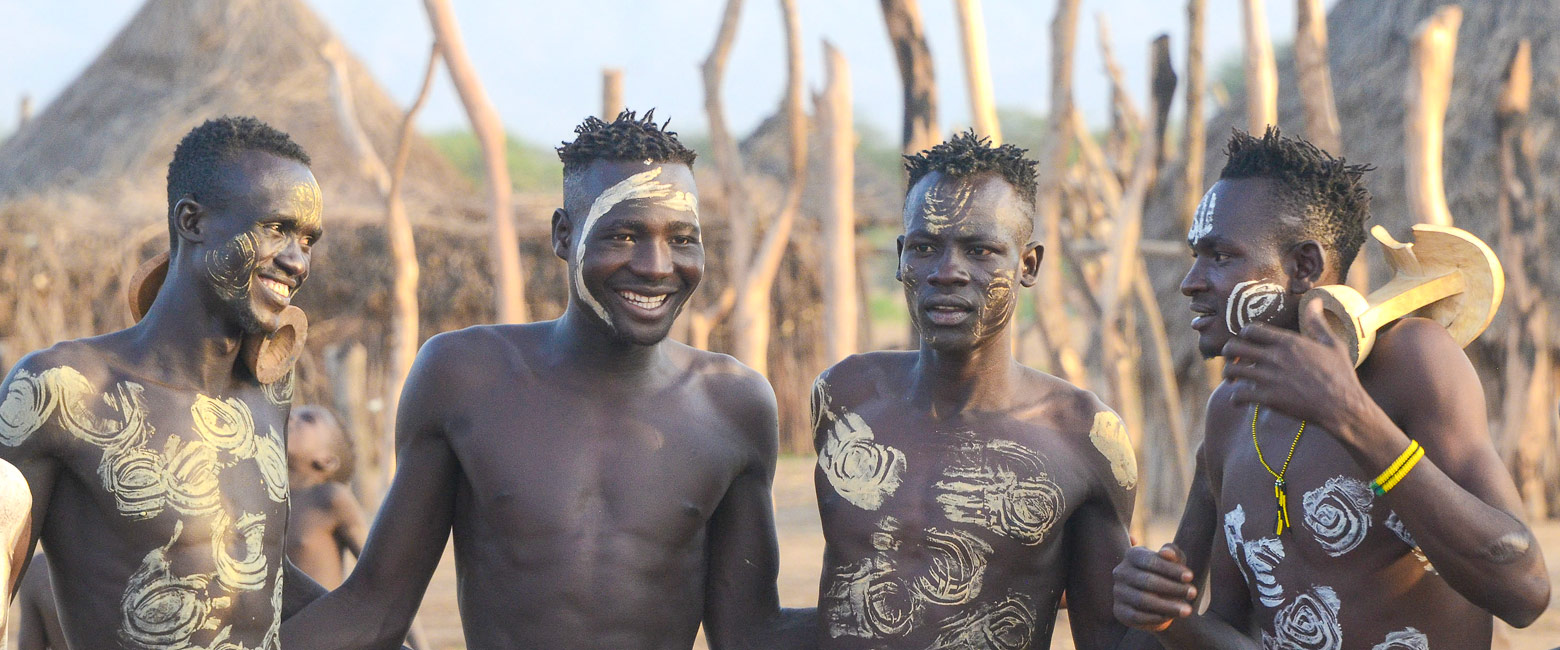
Extraordinary tailor-made adventures,
from earthy and edgy to easy and extravagant
From around USD 2500 per person, you set the ceiling
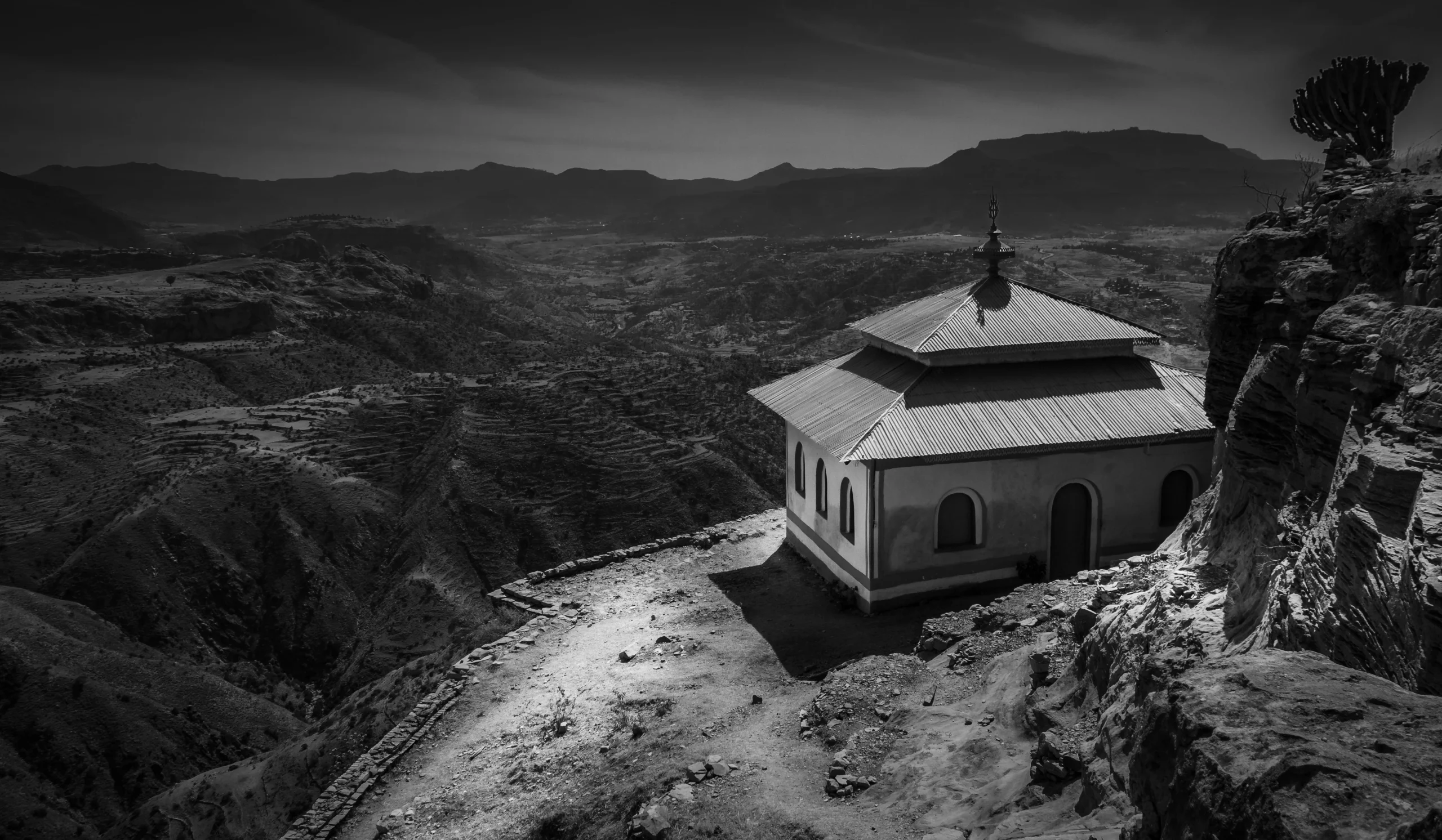
Get started on your trip
It’s never too soon to get in touch, we are here to help with every stage of your planning.
Sample Trips
Here are some of our popular trip shapes
Best Lodges
We regularly inspect and photograph all of the the best lodges, to ensure that we always recommend the most suitable options
Key Locations
Take a look around related locations. Click ‘View more’ to explore locations further afield.
Where Next?
Where Next?
We offer trips to dozens of fabulous countries.
Might one of these might be your next great adventure?

Please rotate your screen.




















